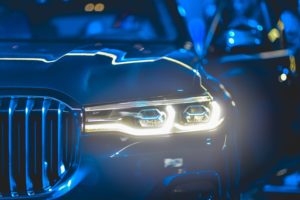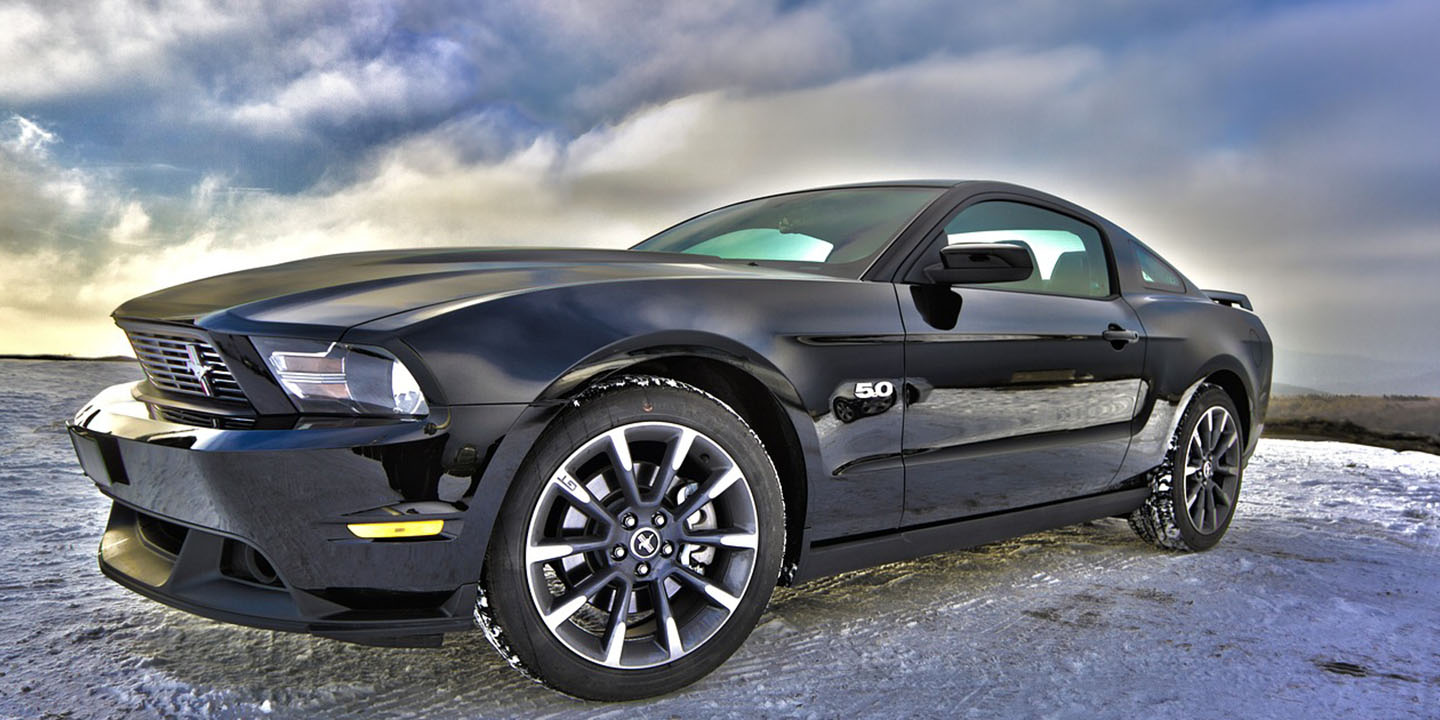Driving in poor weather conditions is something everyone would avoid if they could. Foggy weather limits road visibility is a sheer inconvenience and ultimately can be the difference between a smooth ride and an unfortunate accident. There are special headlights designed to help in these conditions and below we will explain the difference.
Fog Lights
Regular headlights provide just enough light to illuminate roads driving in the night. Regular headlights may reflect light to the driver whereas fog lights keep a driver's vision clear. Although extremely useful in various weather conditions, fog lights are not considered standard car equipment and are not built into vehicles.
Fog lights also pose some risks. They are not meant to be used as replacements for headlights and only used in extreme weather conditions because their light beams are highly concentrated and can temporarily blind oncoming drivers until they are nearby. As a rule of thumb, fog lights should be used if you are unable to see the rear car light of any vehicle in front of you.
When Choosing Fog Lights:
Look for fog lights with greater lifespans of 50 000 or more hours of road lighting, good beam output measured by lumens and volts and finally, car compatibility.
Types Of Fog Lights:
The most common type of fog lights is halogen also known as the built-in version, usually made with a short life span and weak light beams. HID high-intensity discharges are gas-lit by an electrical charge and last longer. LED fog lights are quite expensive but do not require regular upkeep and allow the preference of various light beam colors.











